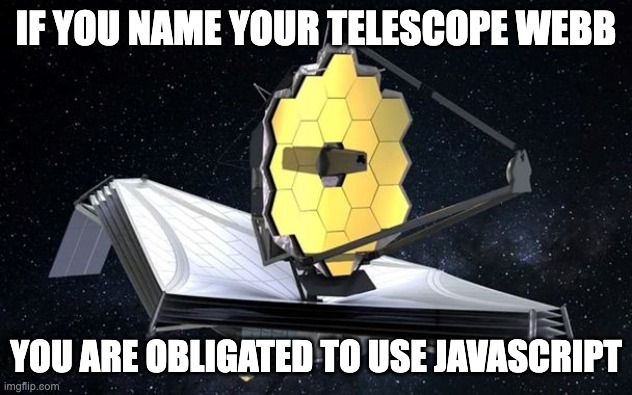Bun has gone from being a web curiosity to a startup with a $7 million budget in less than a month. That means things have gotten crowded among javascript runtime environments, and Deno is no longer the only serious alternative to Node.js.
1. Oven – read how Bun raised $7M for further development
Bun is an incredibly fast drop-in alternative to Node.js that was conquering the Internet just a few weeks ago. If you are hungry for details, read the 99th edition of our weekly report. I will just remind you that in addition to performance (Bun is up to 6x faster than Node in some cases) it offers an alternative to npm, native support for TypeScript, and the ability to write macros with access to the AST tree.
At first, Bun was a passing curiosity for me. There were already quite a few similar projects, which disappeared after a moment of glory. The emergence of Oven, the company that will be responsible for Bun’s development, leaves me no choice, but to admit my mistake. The $7 million raised from a number of investors puts Bun on a par with Node.js and Deno.

Of course, it’s hard to make money on JavaScript runtime engine development, so Oven has decided to adopt a strategy twinned with Deno Company. They will launch sales of a cloud architecture based on Bun. Deno has at least a year’s head start in this area, so watching how the two solutions will compete will surely be the subject of more than one edition of our reports.

In order to launch a cloud based on Bun, it is imperative that it be completed (the version presented to the world a few weeks ago was only an alpha). Here, too, we got ambitious promises: Bun is expected to get its first stable version within 6 months. Its performance will show us whether Deno has anything to fear. If it manages to increase compatibility with Node.js and Deno without losing performance then… well, it will be interesting.
Sources:

2. InAppBrowser.com – check how apps track you in their browsers
Instagram or TikTok track users in their apps at every turn – it is no longer a surprise. However, it turns out that they are also making every effort to track users outside their apps.

According to a report by Felix Krause, on devices from Apple on pages opened using the app’s built-in browsers, TikTok tracks all keys pressed (including passwords), while Instagram tracks all clicks. So far we have only seen an official response from the Chinese giant. As expected, it admits to tracking, but insists that the data is only used to monitor performance and debug problems.

If you want to check how browsers behave in different applications, Felix Krause has made all the necessary tools for this publicly available. All you have to do is share the link https://InAppBrowser.com in the corresponding application. When you open it, you will see a detailed report on the actions that are being monitored. If you are concerned that bad corporations will react differently to a given domain, the project is publicly available and there is nothing to prevent you from running it yourself under a different domain.
If you are curious about what the report looks like for other apps, which apps you can use without worrying, and how to protect yourself from tracking, I warmly invite you to the article, which you will find in the sources.
Sources:

3. James Webb telescope uses JavaScript in key architecture elements
People are taking that JavaScript is already everywhere. But when we talk about software that powers space hardware, we tend to have C++, Ada (or some other statically typed, compiled and battle-tested language) in our minds. Sure, JavaScript has already been in space on the occasion of the Dragon Flight rocket launch, when SpaceX used it to create a user interface for the cosmonauts. This time, however, we’re dealing with a rarity, as it turns out that JavaScript drives the key systems responsible for taking pictures through the James Webb telescope.

To be precise, the telescope does not run the JavaScript we know today, but one of its offshoots – Nombas ScriptEase 5.00e. This version was released in 2002, and last updated in 2003. There is no information in the documentation from NASA that it was to be replaced by a more modern version of JavaScript.





